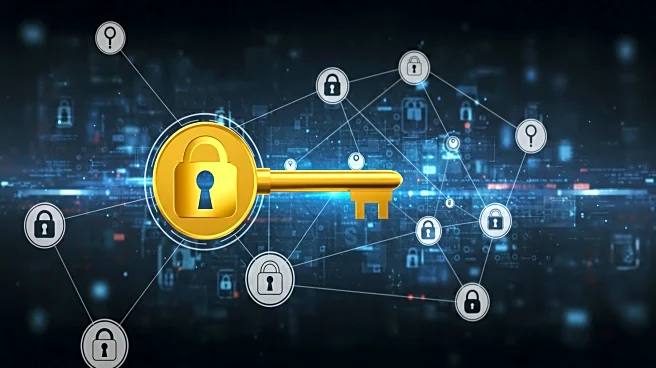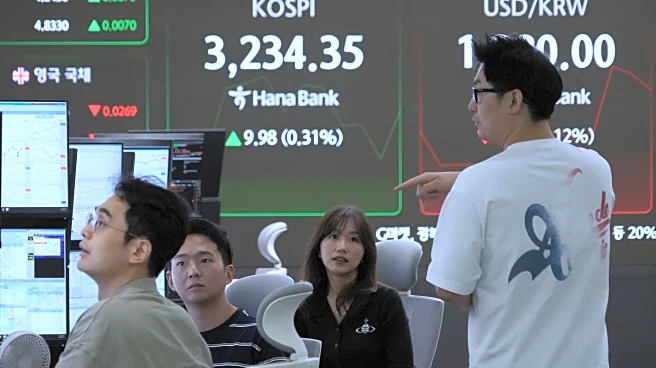What is the story about?
What's Happening?
The United States, along with partners from Australia, Canada, New Zealand, Germany, and the Netherlands, has released a unified operational technology (OT) security taxonomy. This initiative, titled 'Foundations for OT Cybersecurity: Asset Inventory Guidance for Owners and Operators,' aims to provide a comprehensive guide for managing industrial control systems (ICS) and OT assets. The document, published by nine government agencies including the NSA, FBI, and CISA, outlines a structured approach to inventorying systems, hardware, and software connected to industrial networks. It includes specific asset taxonomies for sectors such as oil and gas, electricity, and water and wastewater. The guidance is designed to help OT owners and operators protect vital assets through cybersecurity and risk management, performance monitoring, and continuous improvement.
Why It's Important?
The release of this unified OT security taxonomy is significant as it addresses the growing need for enhanced cybersecurity measures in industrial sectors. With increasing cyber threats targeting critical infrastructure, this guidance provides a framework for organizations to better manage and secure their assets. By standardizing asset inventory processes, the initiative aims to improve the resilience of industrial systems against cyber attacks. This collaboration among international partners highlights the global nature of cybersecurity challenges and the importance of coordinated efforts to safeguard critical infrastructure. Industries such as energy and water management stand to benefit from improved security protocols, potentially reducing the risk of service disruptions and economic losses.
What's Next?
The implementation of this OT security taxonomy will likely lead to increased collaboration among international cybersecurity agencies and industrial sectors. Organizations are expected to adopt the guidelines to enhance their cybersecurity posture, which may involve training and awareness programs for staff. As the guidance is integrated into operational practices, stakeholders may see improvements in asset management and risk mitigation strategies. Future updates to the taxonomy could expand its scope to include emerging technologies and threats, ensuring its relevance in a rapidly evolving cybersecurity landscape.
Beyond the Headlines
This initiative may also influence regulatory frameworks and compliance standards in the cybersecurity domain. As industries adopt the taxonomy, there could be a push for more stringent cybersecurity regulations to ensure adherence to best practices. Additionally, the collaboration among international partners may set a precedent for future cooperative efforts in addressing global cybersecurity challenges. The focus on continuous improvement and performance monitoring could drive innovation in cybersecurity technologies and methodologies, fostering a culture of proactive risk management.
AI Generated Content
Do you find this article useful?













